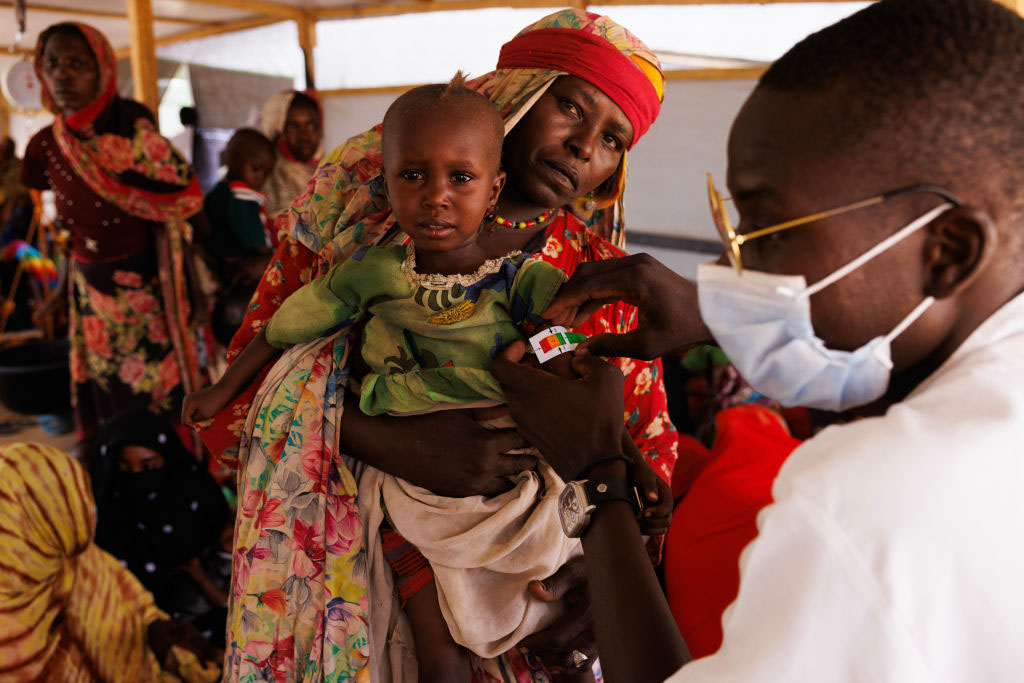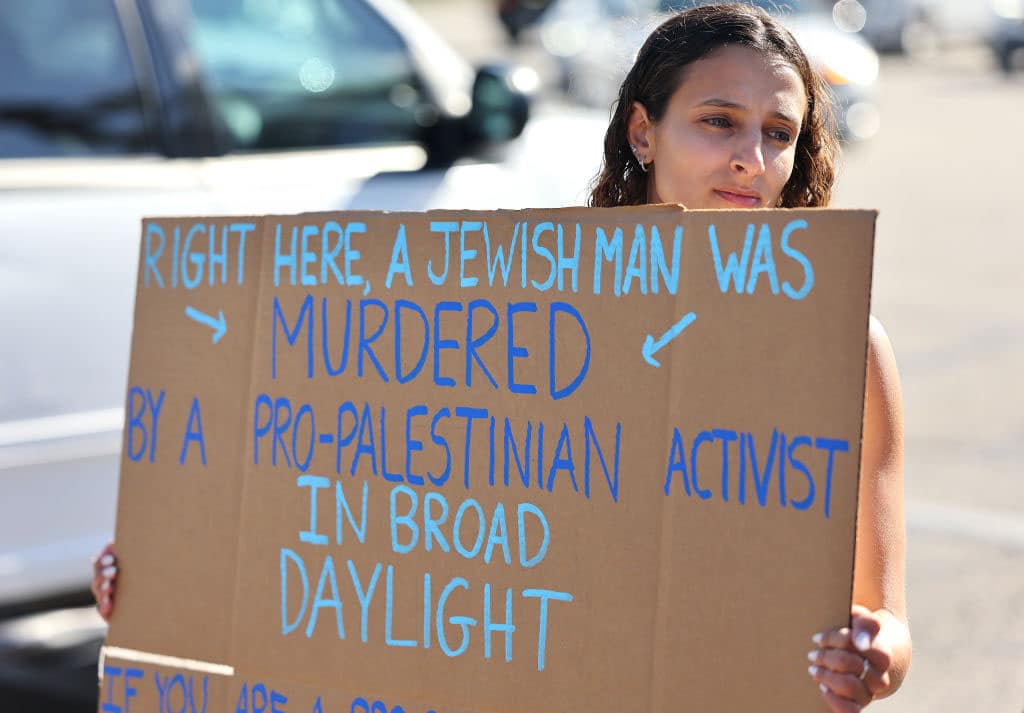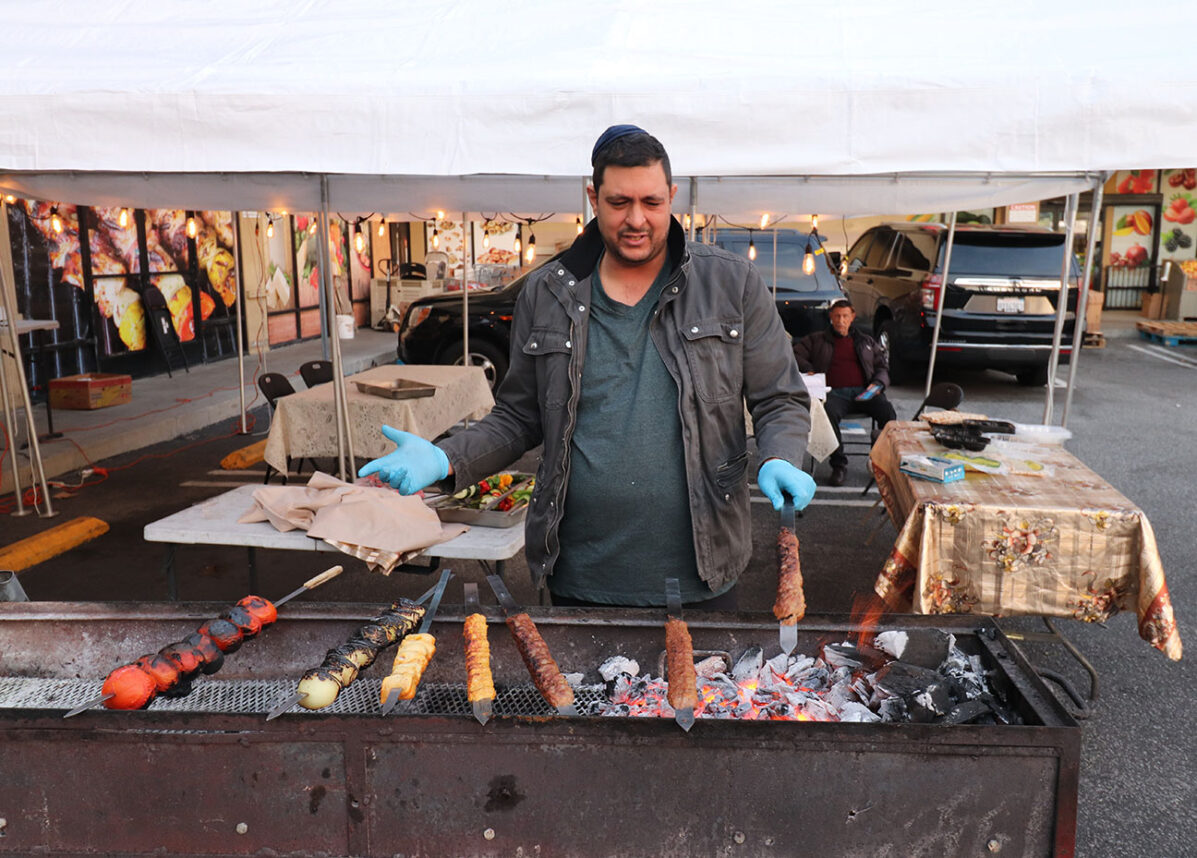Just before Yom Kippur, through the narrowly practiced Kaparos holiday ritual, hundreds of live chickens, costing $20 to $30 apiece, are waved over many peoples’ heads to transfer their sins to the animal. The chickens, or their value, must be donated to the poor. This donation is intended to fullfil some of the Tzedakah efforts before a person’s destiny is sealed during the Days of Awe, along with Tshuvah or repentance, and T’filah or prayer. The donated chickens were documented being trashed.
Just as demographers vertify that data hasn’t been falsified, is gathered appropriately, processed and that analytical procedures followed rigorously, there is a process for Kosher supervision and certification.
According to Rabbi Avrohom Union of the prominent Kosher certification body, the Rabbinical Council of California (RCC), a person wanting to do Kaparos should make sure that the schechita, or ritual slaughter, is Kosher, even if they don't intend to eat the chicken themselves. Rabbi Union stated that, “The RCC does not supervise Kaparos nor are we involved in arranging Kaparos at any location.” Inquiries were made to other local Kosher supervision certification entities and to the rabbi at the synagogue where one of the Kaparos sites was located and as of this publication, no response has been received.
 The Kosher slaughter status of an animal is contingent upon it being consumed by people after it is killed. If, as documented, the chickens go straight to the garbage bag and then hauled away by the Department of Sanitation to landfill, their slaughter is not considered Kosher by most orthodox rabbinical opinion.
The Kosher slaughter status of an animal is contingent upon it being consumed by people after it is killed. If, as documented, the chickens go straight to the garbage bag and then hauled away by the Department of Sanitation to landfill, their slaughter is not considered Kosher by most orthodox rabbinical opinion.
Without recognized Kosher supervision the, Kosher ritual killing of the chickens was just staged to look authentic, but it’s no more authentic than Enron’s famous trading room where brokers sat pretending to work on phones and computer screens while financial analysts were led through on pre-arranged tours.
Many men doing Kaparos were conned into thinking that they were swinging roosters, but all the chickens at the sites I observed and photographed were hens at the end of their laying life-cycles purchased cheaply from egg farms.
The blood and gore coming fast after those doing Kaparos with the chicken was primarily for dramatic effect. The chicken used in the ritual could have easily put back in a cage and Kosher slaughtered at a later date after Yom Kippur and distributed to the needy. One chicken may be used for any number of people…the ritual prayer blessing also reads “for our sins.”
This local blood spectacle was definitely accompanied by the racket of the hens being swung as well as the racket perpetrated on the community.
(Link to prior post on the topic: Chicken Tzedakah)
Pini Herman, PhD. has served as Asst. Research Professor at the University of Southern California Dept. of Geography, Adjunct Lecturer at the USC School of Social Work, Research Director at the Jewish Federation of Greater Los Angeles following Bruce Phillips, PhD. in that position (and author of the “most recent” 15 year old study of the LA Jewish population which was the third most downloaded study from Berman Jewish Policy Archives in 2011) and is a past President of the Movable Minyan a lay-lead independent congregation in the 3rd Street area. Currently he is a principal of Phillips and Herman Demographic Research. To email Pini: pini00003@gmail.com To follow Pini on Twitter: Follow @pinih






















 More news and opinions than at a Shabbat dinner, right in your inbox.
More news and opinions than at a Shabbat dinner, right in your inbox.